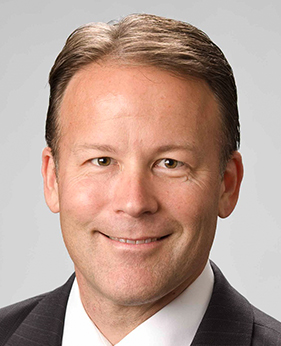
BLOG
—
Tracking the Trends as Data Centers Expand
The construction of mission-critical data centers continues to increase, and as third-party data centers expand, more companies are considering colocation solutions.
Renting space in a facility may not qualify as a trend, but it’s important to remember that today’s data centers are entirely different from the old data facilities. The modern data center offers companies access to most digital services. Colocation is one of the best ways to decrease costs for an organization. Colocation data centers give customers the tools to manage and oversee their infrastructure that are far beyond anything they could afford to put in place in their own private facility.
Software-Defined Infrastructures
Perhaps the most exciting data center trend over the last decade has been the widespread push toward software-defined infrastructures. Rather than simply serving as a storehouse for data, the facility virtualizes the computing and storage power available through its servers into infrastructure-as-a-service (IaaS). This process allows multiple users to install and manage their own services on the same physical server. Each virtualized server is cordoned off from the others, ensuring both privacy and flexibility. Since customers are purchasing virtualized assets in a software-defined infrastructure, it’s incredibly easy to scale them to suit their needs or relocate them to take advantage of a data center’s bundled services.
Maintenance of servers has had a tremendous impact on data center efficiency. Software-defined infrastructures allow facilities to offer services at low costs while also keeping power and cooling demands in check. High-density servers running heavy virtualized workloads may consume a lot of electricity and generate a lot of heat, but it’s far more efficient to host multiple customers on a single server than on several lower-density units. Those cost savings can be passed along to customers, allowing them to invest in additional services beyond server space.
Cloud Computing
Cloud computing is one of the most consequential next-generation data center trends affecting businesses today. When cloud services first became available, many companies jumped in with both feet. Some companies opted to leave the cloud altogether, transitioning instead into a colocation solution or taking advantage of a data center’s software-defined infrastructure to build a private cloud in a virtualized server.
But many companies still need the cloud. Responding to that need, data centers have developed hybrid cloud architecture and multi-cloud solutions that allow companies to take advantage of the power of public cloud computing while still enjoying the security and control of a private network. This allows companies to protect and control their data, while still using it in a public cloud environment.
Edge Computing
While cloud computing was key in previous decades, edge computing might well be the next major trend for the data center industry. Edge computing architectures expand the reach of a typical cloud network by pushing key processing functions to the edge of the network, closer to where the data itself is gathered. Edge computing can be useful in any market, but closer to the user is preferred. This creates a market to reuse current infrastructure in any setting, and especially in large city markets.
Hyperscale Facilities
As more organizations turn to cloud computing solutions, the demand for the data center infrastructure that supports them also increases. The new hyperscale facilities are substantially larger than most data centers, sometimes housing thousands upon thousands of servers. With demand for cloud and digital services showing no sign of decline, more companies are investing in the construction of these massive facilities. Over 400 data centers could be classified as hyperscale at the end of 2018. These facilities will be crucial for data storage in the coming years.
Staffing data centers also will be important moving forward. According to a survey of industrywide data center operations, most respondents had more than 20 years of experience while only 5% had less than five years of experience. Not having enough qualified job candidates is a concern for many mission-critical companies. Younger job seekers have been trending toward living in larger cities and places that have “live-and-work” initiatives. Cities like Washington, D.C.; Charlotte, N.C.; Seattle; Chicago; and Atlanta have all been prime locations for these facilities. The key to future prosperity for all cities will be to create environments that the next generation will want to call home.



